The wedge tool, also known as a flat chisel, flat tool, or asphalt cutter, is one of the main types of tools (chisels) used in hydraulic hammers (breakers). Due to the specific shape of its working edge, this type of chisel has unique applications in demolition, cutting, and shaping various materials, and its correct selection can significantly impact work efficiency and quality.
Appearance and Types of Wedge Tools
The main characteristic of a wedge tool is its wide, flat working edge, which can be positioned transversely (perpendicular to the longitudinal axis of the tool) or along the longitudinal axis of the tool (also known as an in-line chisel). This sharp, flat edge provides a function similar to a very powerful wedge or axe. Some types may have two cutting edges (such as specialized asphalt cutting tools with a specific angle).
Main Applications of the Wedge Tool:
Due to its ability to cut and create controlled fractures, the wedge tool is used in a wide range of operations:
- Cutting Asphalt and Concrete: Creating straight and clean cut lines on asphalt or concrete surfaces, for example, before trenching operations or separating damaged sections.
- Demolishing Concrete Slabs and Walls: Breaking and separating concrete pieces in a controlled manner, especially where a part of the adjacent structure needs to be preserved.
- Trenching and Channeling: Creating channels with relatively smooth walls in hard or rocky ground.
- Bench Mining and Leveling in Quarries and Rocks: Creating steps or flat surfaces on rock faces.
- Scaling: Removing loose or unstable layers from rock surfaces.
- Breaking Frozen Ground or Layered Materials.
Advantages and Considerations for Using Wedge Tools:
- Advantages: Ability to create precise and controlled fractures and cuts, suitable for tasks requiring defined separation lines, good performance in layered or relatively softer materials (like asphalt).
- Considerations: For breaking very large, monolithic rocks (boulders) or very hard materials requiring maximum penetration, moil point (conical) tools may perform better. Correct orientation of the tool relative to the work surface is essential for achieving the best results.
Material and Manufacturing Quality:
Like other hydraulic hammer chisels, wedge tools are also made from special medium-carbon alloy steels with hardening alloying elements. These steels undergo precise heat treatment to achieve an optimal combination of hardness (for wear resistance) and toughness (for resistance to fracture from severe impacts). The quality of raw materials and precision in the manufacturing process and heat treatment directly affect the lifespan and performance of the tool.
Important Tips for Selection and Use:
- Selecting Appropriate Width: The width of the wedge tool’s edge should be chosen according to the type of work, material dimensions, and hydraulic hammer power.
- Correct Angle of Attack: Holding the tool at the proper angle relative to the work surface is essential for effective cutting and breaking.
- Regular Inspection: Regularly inspect the tool’s edge for excessive wear, cracks, or chipping and, if necessary, sharpen or replace it.
- Do Not Use as a Lever: Hydraulic hammer tools are not designed to withstand prying forces.
Conclusion:
The wedge tool is an efficient and essential tool in the hydraulic hammer’s toolkit, enabling operators to perform a wide range of tasks with precision and high efficiency by providing controlled cutting and breaking capabilities. Selecting a quality tool and using it correctly are key to achieving desired results and extending equipment life.

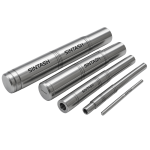
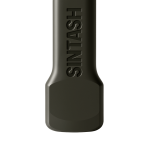
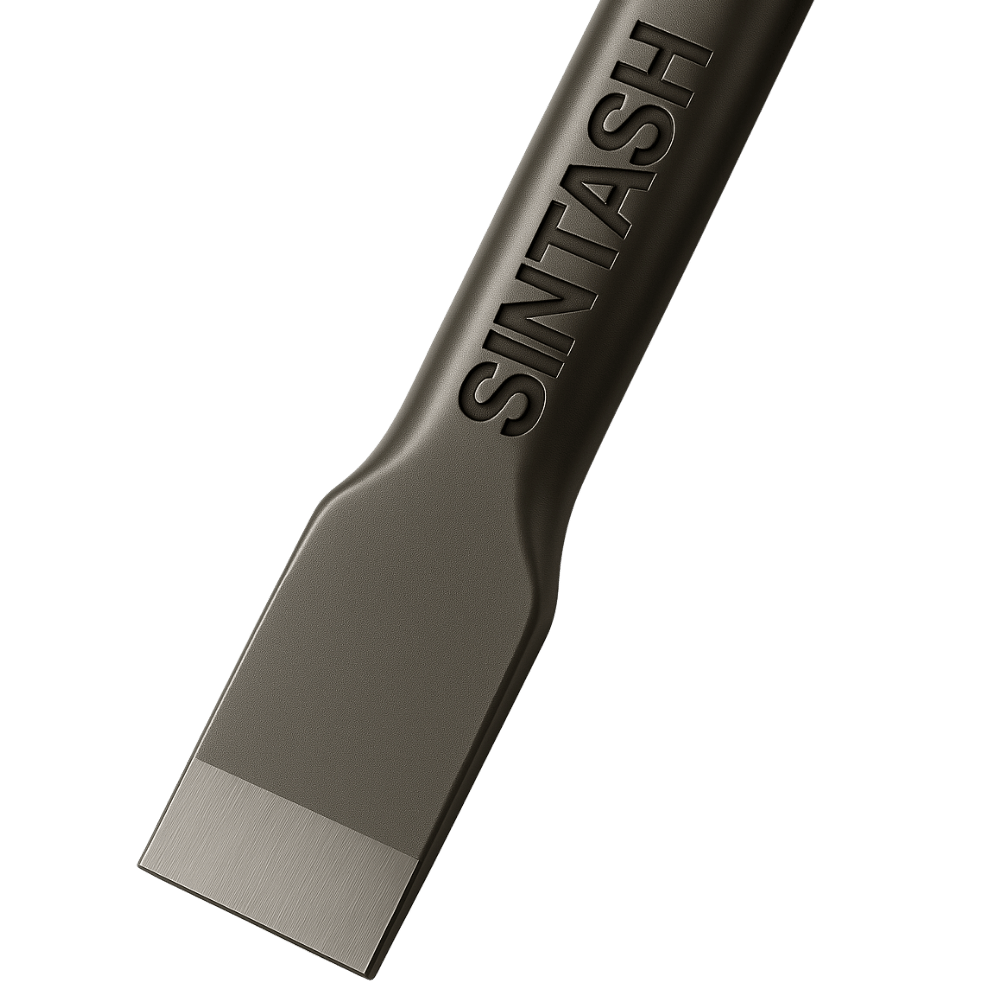
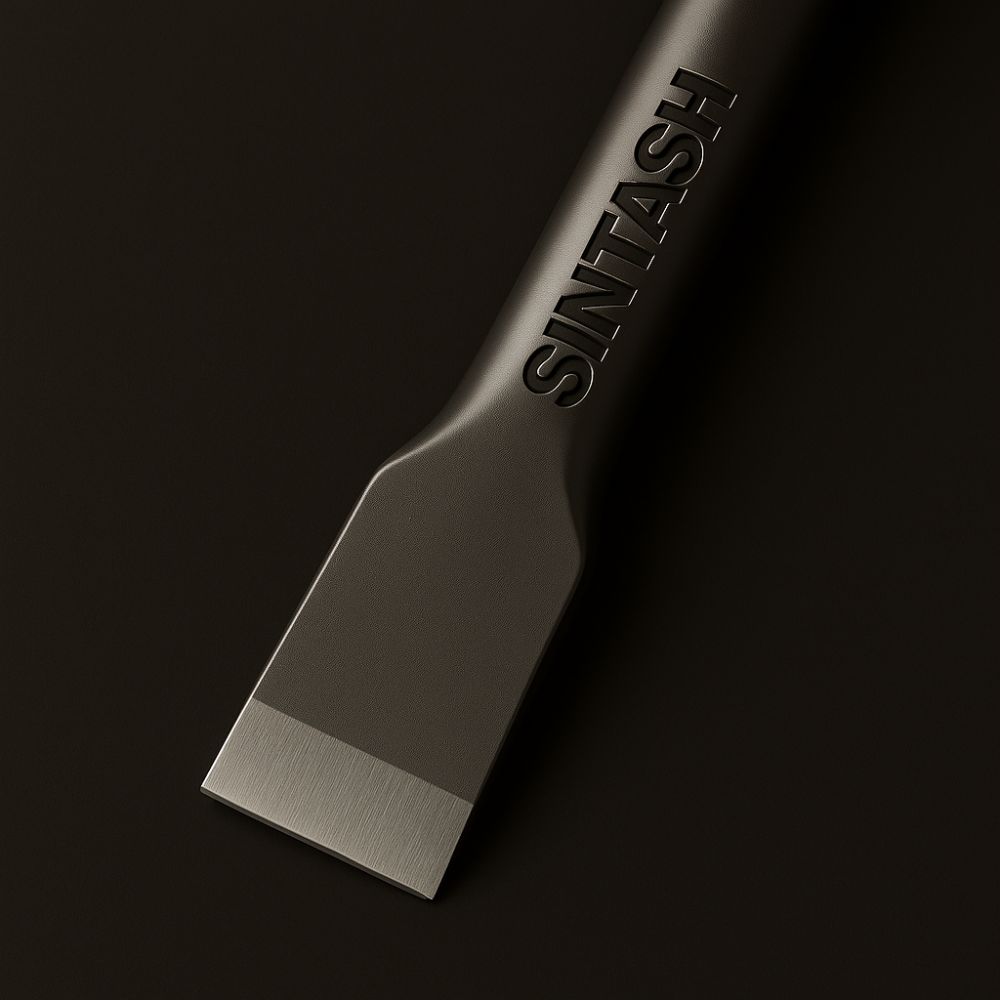
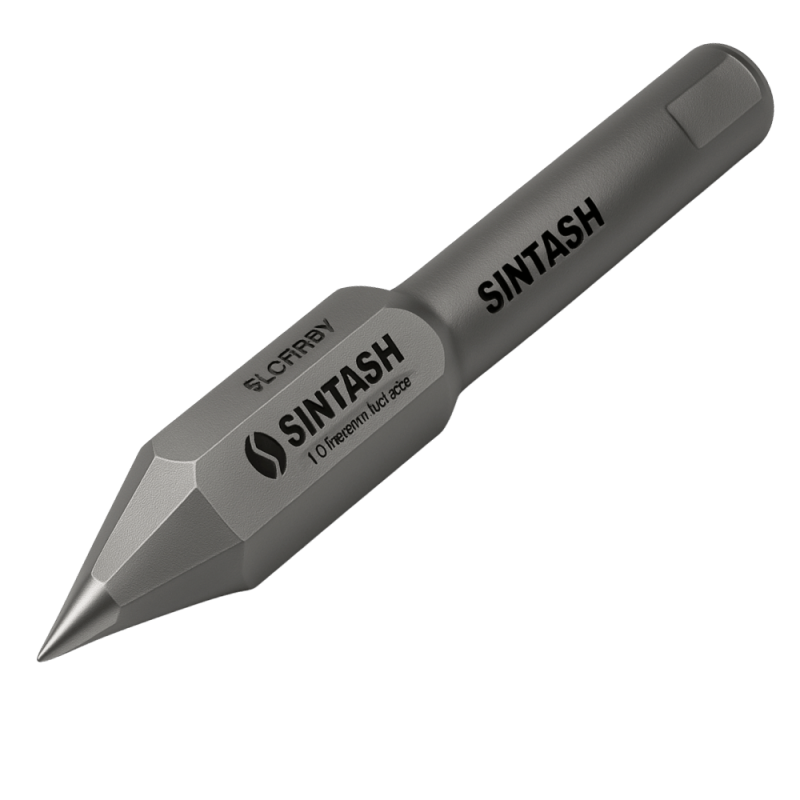
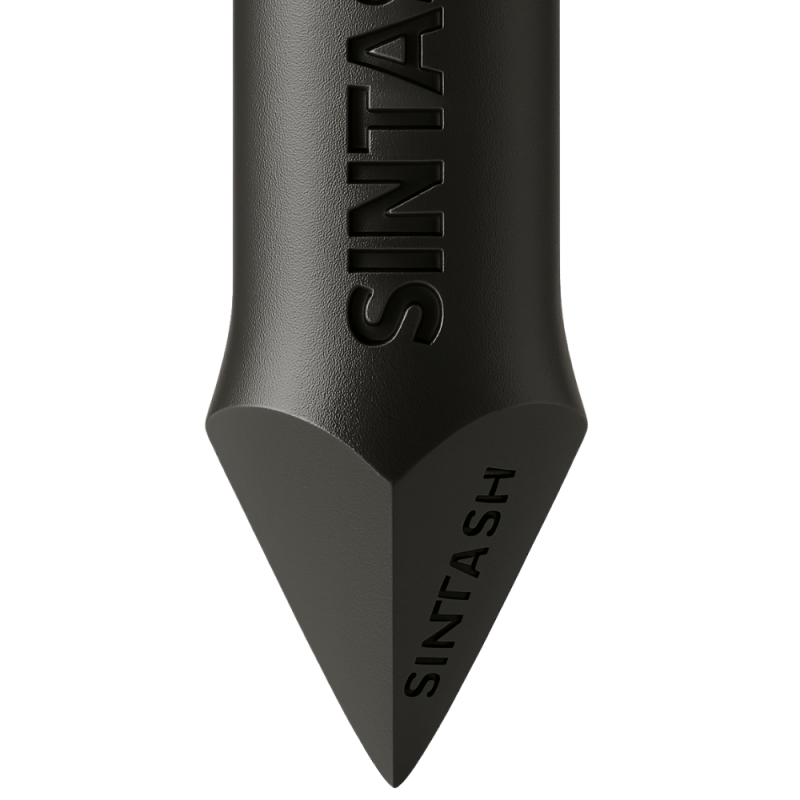
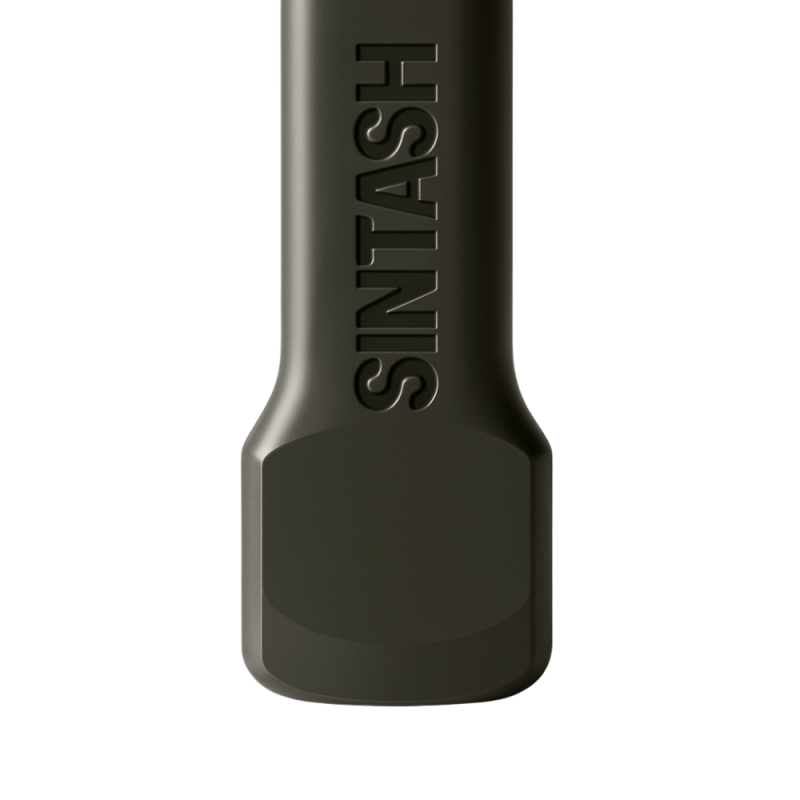


Reviews
There are no reviews yet.